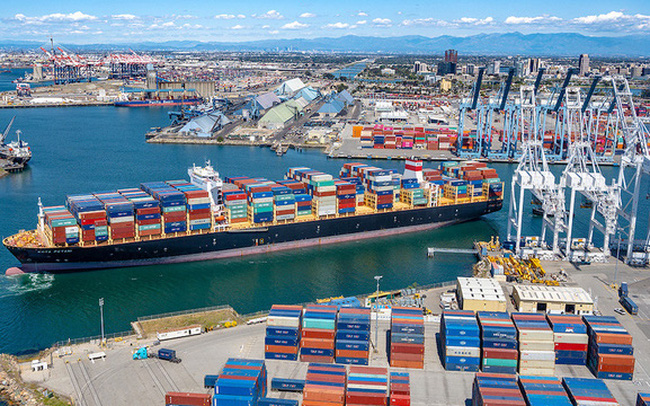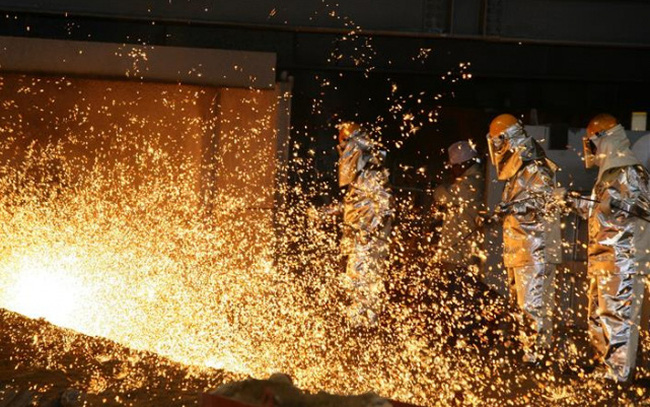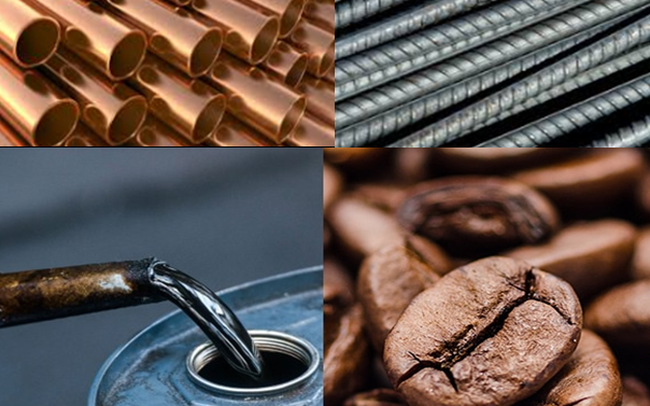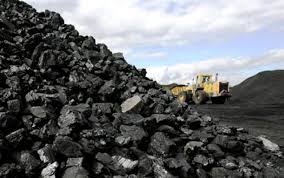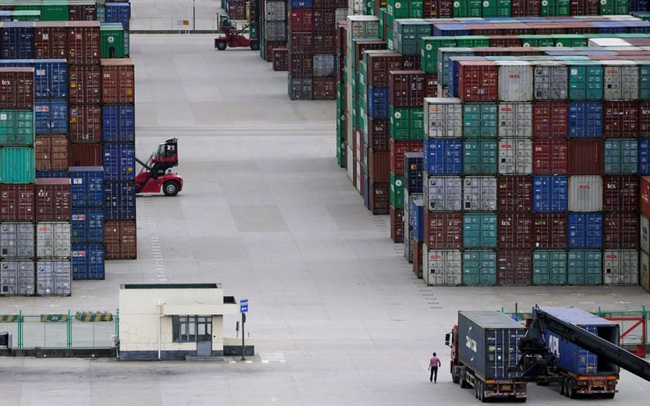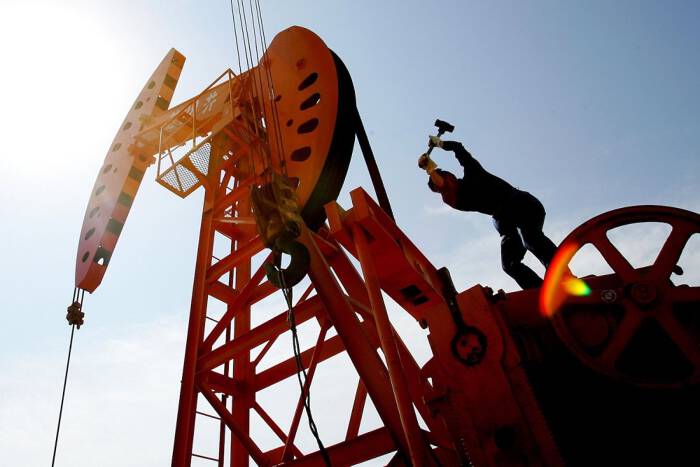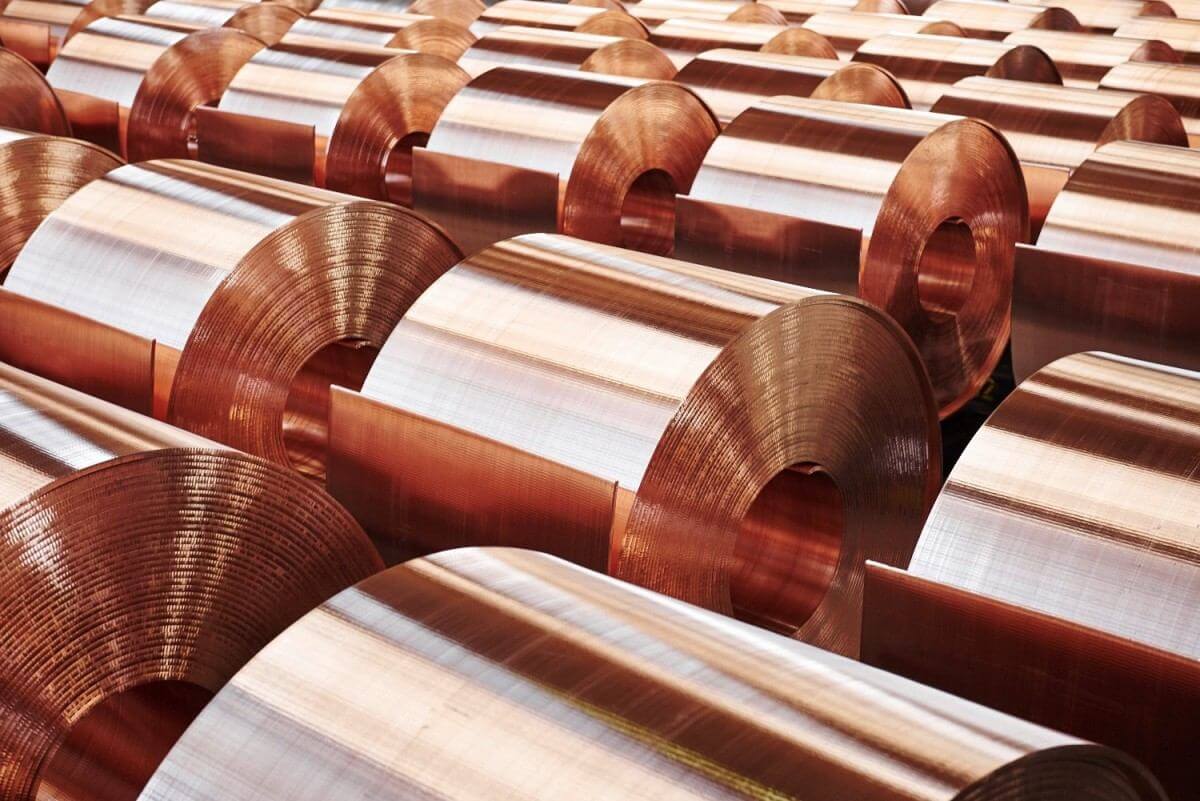Iron ore prices traded in China and Singapore both increased on July 26, the first gain after five previous losses, as steel industry profit margins recovered in China, pushing up demand for iron ore. up.
Iron ore for September contract on Dalian ended up 0.9 percent higher at 1,136.50 yuan ($175.22) a tonne. Previously, the price of this item has decreased for 5 consecutive sessions. In the latest session, July 23, prices fell the most in 17 months due to concerns about the Chinese government’s limit on steel output.
The August iron ore contract on the Singapore Exchange ended July 26, also up 0.7 percent to $198.75 a tonne.
The price of rebar – used in the construction field – spot futures in China continued to increase as many provinces and cities asked factories to cut output from now until the end of the year, raising concerns about a supply shortage.
Ending the session on July 26, the price of rebar and hot rolled coil on the Shanghai floor both increased by 0.4%, while stainless steel increased by 2.9% to a record high of 19,755 yuan/ton.
Iron ore prices last week fell the most in nearly 18 months due to China’s tightening of steel production and the recovery of iron ore supply.
Accordingly, in just one week to July 23, the price of iron ore on the Dalian floor decreased by about 10% – the largest decrease since February 2020; 62% imported iron ore, spot futures, at Chinese seaports on July 23 traded at $201.35 per tonne, down from $223 per tonne a week earlier due to the lackluster demand outlook. .
Compared to May 12 – the time when iron and steel prices were at a record high, the price of Chinese iron ore and imported 62% iron ore are now 17% lower.
Atilla Widnell, managing director of Navigate Commodities in Singapore, said: “Falling iron ore costs and rising steel prices have led to a strong recovery in steel margins, especially for steel products. long”.
Steel producers in Anhui, Gansu, Fujian, Jiangsu, Jiangxi, Shandong and Yunnan have all received notices requesting to limit output to the level of 2020 production amid the backdrop of steel producers in Anhui, Gansu, Fujian, Jiangsu, Jiangxi, Shandong and Yunnan. China stepped up efforts to limit carbon emissions.
“In terms of fundamentals and technicals, we see iron ore prices rising in the short term, with Chinese port imports expected to decline faster than domestic consumption,” Widnell said. over the past week, and is expected to continue into next week.”
Xem thêm về văn bản nguồn nàyNhập văn bản nguồn để có thông tin dịch thuật bổ sung
Gửi phản hồi
Bảng điều khiển bên
China Steel Price
According to Mr. Widnel: “There is certainly not enough supply for the shipping market to meet the growth of steel consumption in China in the second half of the year, especially the demand for long steel products.” .
Iron ore price outlook
As for the question of how long will iron ore prices recover? The answer is probably still to wait and see if the initial signals of China tightening control on steel production become a trend, or just a “blink”.
It is no secret that the authorities in Beijing want to limit steel production in 2021 not to exceed the record level of 2020, but what is new now is taking more drastic action to achieve this goal.
Steel producers in Anhui, Gansu, Fujian, Jiangsu, Jiangxi, Shandong and Yunnan have all received notices requesting to limit output to the level of 2020 production amid the backdrop of steel producers in Anhui, Gansu, Fujian, Jiangsu, Jiangxi, Shandong and Yunnan. China stepped up efforts to limit carbon emissions. In addition, it is reported that some steel producers in Tangshan – China’s top steel-producing city – have restricted output amid the city government’s warning of penalties if output is excessive. 2020.
Although it has only been done for a short time, there are already signs that China’s steel output is slowing down.
Accordingly, crude steel output in June fell 5.6% to 93.88 million tons from a record 99.45 million in May, according to official data released on July 15.
China’s steel production in the first 6 months of this year still increased by 11.8% to 563.33 million tons, compared with the same period of 2020. If China really wants to limit steel production in 2021 at 1.065 billion tons as In 2020, that means second half production is only about 502 million tons, or nearly 11% more than the level achieved in the first half of the year.
That could strain the consumer market, especially if Beijing sticks to its past practice of prioritizing economic growth over pollution concerns.
However, if China successfully restricts steel production in the second half of the year, the balance of iron ore supply and demand will become more balanced, in the context of iron ore supply of the top 3 producing countries – Australia, Brazil and South Africa – began to recover rapidly, to a level close to production capacity.
China’s iron ore imports this July are still on track to grow, with commodities analysts Kpler and Refinitiv both predicting to hit 100 million tonnes.
Kpler expects July iron ore imports to China for July to be around 107.4 million tonnes, the highest since last October, while Refinitiv is even more optimistic, saying volumes could top 112.5 million tonnes, although this includes 15 ships scheduled to arrive on July 31, meaning their cargo may not be included in the July customs data.
Reference: Reuters
T&G International Joint Stock Company
Address: 352 Hue Street, Le Dai Hanh Ward, Hai Ba Trung District, Hanoi
Hotline: 0345786803
Email: hrm@tginterjsc.com
Website: http://tginternationaljsc.com




